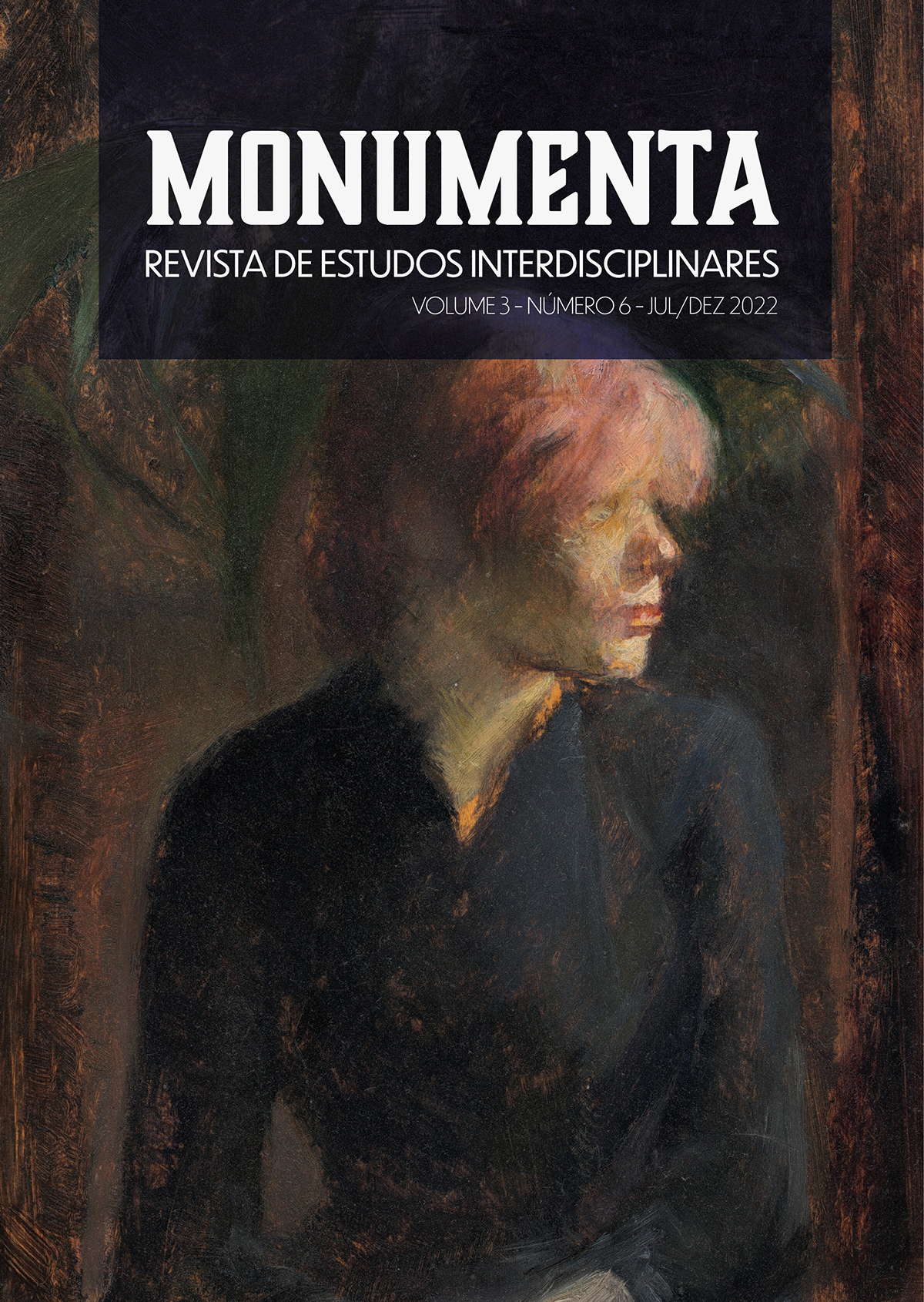O alcance e os limites da experimentação animal no Brasil
uma análise interdisciplinar dos direitos animais
Keywords:
Vivissecção; Experimentação Animal; Violência contra animais; Ética Animal; Reflexos da experimentação animal.Abstract
The present work approaches the study related to scientific experiments using animals in laboratories and teaching institutions. Understand the origin and use of the practice of vivisection in universities, where they are used in student learning. The expectation of this work is to understand the limits of animal experimentation and the consequences caused, approaching the legal scope with ethical, sociological and economic debates. It will also be considered in the present work to interpret the Federal Constitution, more precisely in its art. 225 §1, VII, starting from the idea that it is fundamental and necessary to protect the fauna, and with that to find other mechanisms for scientific studies. The method used in this work was qualitative research, focusing on understanding and explaining the dynamics of social relationships. The article was based on bibliographic research, which allowed us to know what has already been studied about animal experimentation and its effects on animal law, surveys of scientific articles, legislation and works of great legal philosophers were carried out, showing that it is possible not to use animals alive in science, thus being able to continue with advances in scientific research on human health. From the analysis of the present work, it could be concluded that currently the human being has several mechanisms to obtain an effective result in a scientific research or for teaching means, it is not necessary, it is not ethical or conscious to use live animals in research. and tests. Animal experimentation causes many reflexes in society, and in this article only a few will be addressed.
Downloads
Published
How to Cite
Issue
Section
License
Copyright (c) 2023 Monumenta - Journal of Interdisciplinary Studies

This work is licensed under a Creative Commons Attribution-NonCommercial-ShareAlike 4.0 International License.


